
The FingerKIt consortium develops personalized joint implants using AI-based 3D printing.
more info
The FingerKIt consortium develops personalized joint implants using AI-based 3D printing.
more info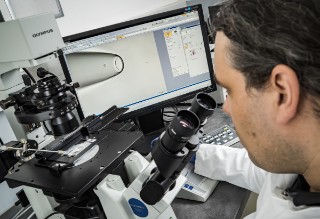
Disseminated tumor cells differ from the primary tumor. Therefore, knowing the mutation profile of a tumor is a valuable resource
more infoOpen-innovation test bed for high-risk medical devices
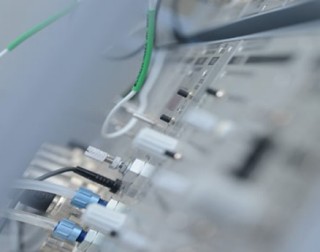
As part of the EU-project TB Med, Fraunhofer ITEM and 12 other project partners are actively participating in the development of a test bed for medical devices of risk classifications IIb and III.
more info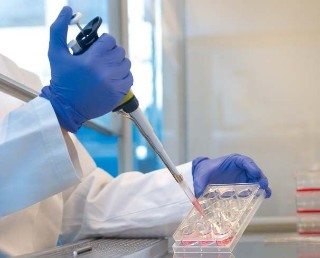
To enable better assessment of the safety also of future drugs, Fraunhofer ITEM researchers are developing innovative model systems for assessing immunomodulatory therapeutics.
more info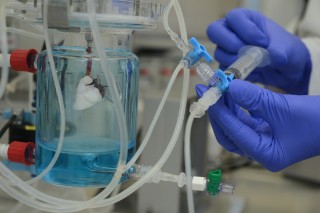
Fraunhofer ITEM researchers use the ex-vivo model of the isolated perfused rat lung (IPL). In this alternative model, they studied the transition of a fluorescence-labeled substance into the perfusate, which served as blood substitute in this model. Two different methods were used to generate aerosols with different droplet sizes.
more info
The web application Genealyzer abstracts away mathematical and programmatical details in order to enable a convenient and customizable analysis of microarray data for large-scale reproducibility studies.
more info
The aim of an exploratory clinical study funded by the German Federal Environment Agency is to determine the respective threshold doses that trigger allergic symptoms in people allergic to ragweed or birch pollen.
more info
In cooperation with the Hannover Medical School, Fraunhofer ITEM scientists are investigating the safety and efficacy of inhaled booster vaccination with the vector vaccine MVA-SARS-2-ST in a phase-I trial.
more info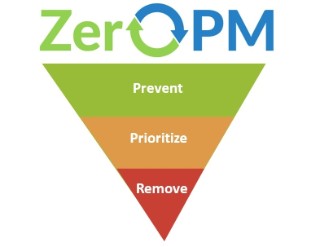
The project ZeroPM will establish an evidence-based multilevel framework to guide policy, technological and market incentives to minimize the use, emissions and pollution with entire groups of PM substances. ZeroPM is a research project funded by EU’s research and innovation funding programme, Horizon 2020.
more info
The objective of the Cefic-LRI project is to develop a multi-stage assessment approach to determine potential health impacts to humans from inhalation of microplastics.
more info